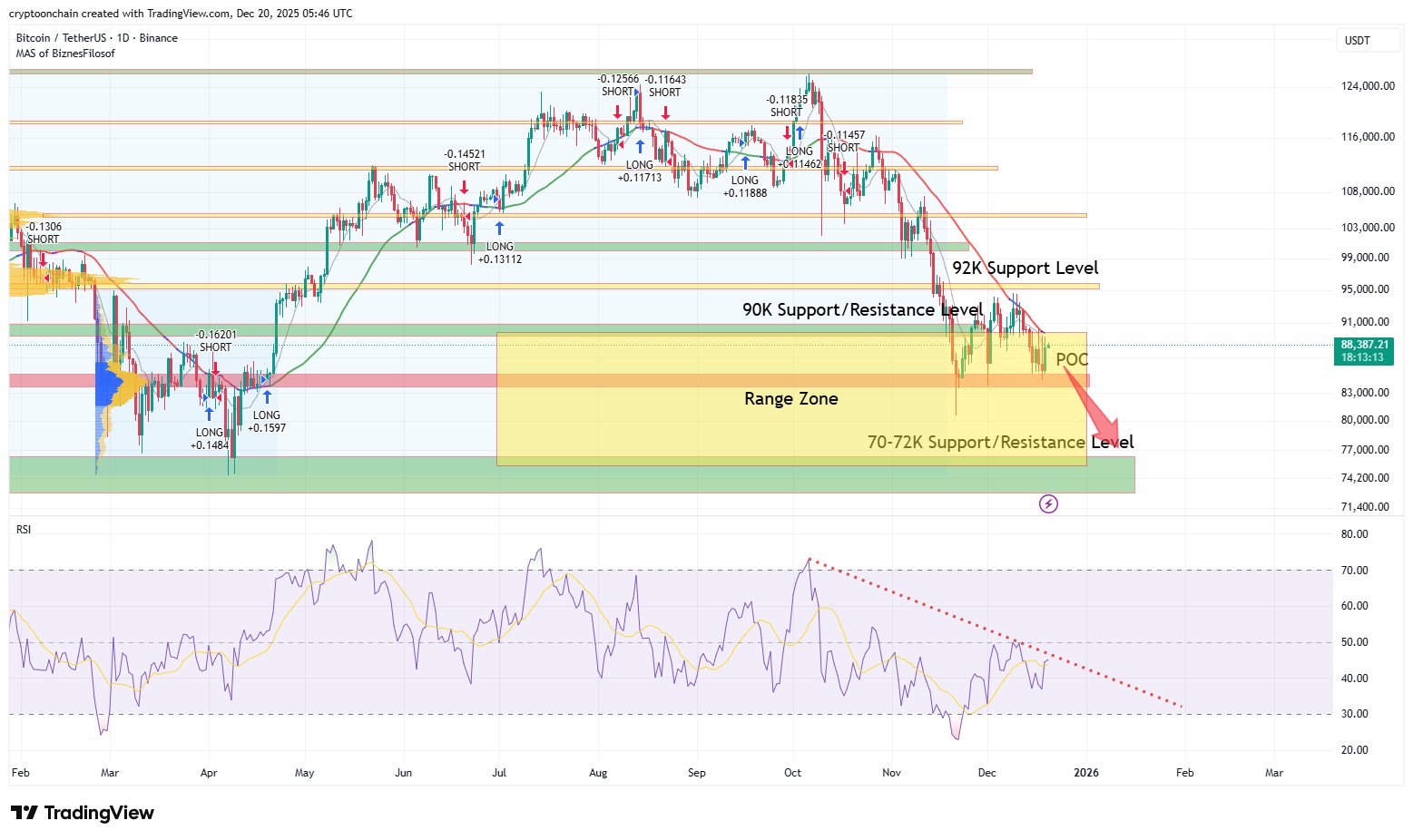Fed's Proposal for Stablecoin Integration Ignites Discussion on Potential Bank Industry Upheaval
- Fed proposes "skinny" master account to grant stablecoin firms limited access to its payment rails, marking a shift from cautious digital asset stance. - Initiative aligns with GENIUS Act's requirements for stablecoin reserves while addressing gaps in direct Fed infrastructure access for non-banks. - Market data shows 70% surge in stablecoin payments post-GENIUS Act, with B2B transactions now dominating the sector. - Critics warn of systemic risks from operational failures and regulatory arbitrage, citin
The Federal Reserve has introduced a notable initiative to bring stablecoin issuers closer to the U.S. payments ecosystem by suggesting a "skinny" master account, which would provide restricted access to the Fed’s payment systems. Announced by Governor Christopher Waller during the central bank’s first Payments Innovation Conference, this move signals a departure from the Fed’s traditionally reserved approach to digital currencies. Through this account, stablecoin companies could conduct transactions directly on the Fed’s network, though they would not receive full banking benefits like interest-earning accounts or overdraft options,

This proposal, which sets limits on account balances and blocks access to emergency loans, is intended to make stablecoin redemptions smoother while protecting the Fed’s financial position. By allowing direct settlements, the central bank aims to boost the speed and reliability of dollar-backed stablecoin transfers, especially during times of high activity. Companies such as Ripple and Custodia Bank could use this system to simplify international payments and reduce dependence on intermediary banks, as highlighted by CryptoSlate.
This development fits within the broader regulatory framework established by the Guiding and Establishing Innovation for U.S. Stablecoins Act (GENIUS Act), which became law in July 2025. The act requires stablecoins to be fully supported by U.S. dollars or highly liquid assets and mandates yearly audits for major issuers. While the legislation laid the groundwork for regulation, it did not provide stablecoin issuers with direct Fed access—a gap that Waller’s proposal now seeks to fill,
The effects of these changes are already visible in the market. Artemis, a blockchain analytics firm, observed a 70% increase in stablecoin payment volumes since the GENIUS Act was enacted, with $10 billion processed in August alone—up from $6 billion in February 2025. Business-to-business transactions now make up the majority, totaling $6.4 billion each month, as more companies turn to stablecoins to avoid delays in conventional cross-border banking;
Nonetheless, the Fed’s initiative has sparked controversy. Detractors, including Senator Elizabeth Warren (D-Mass.), contend that the GENIUS Act’s relatively hands-off regulatory approach could leave the financial system vulnerable to operational mishaps and regulatory loopholes. Warren pointed to a recent case where Paxos mistakenly created $30 trillion in stablecoins, cautioning that weak controls could threaten market stability. She called on the Treasury Department to clarify enforcement plans and to specify if further congressional action is necessary, as reported by Lookonchain and
At the same time, industry participants are adjusting to the shifting environment. Modern Treasury, a fintech company focused on blockchain-based payments, recently bought Beam, a startup specializing in stablecoin infrastructure, in an all-stock transaction valued at $40 million. This acquisition highlights the rising interest in programmable payment technologies as firms like Salesforce-backed Modern Treasury expand into stablecoin-powered offerings,
The Fed’s plan also brings up concerns about the potential marginalization of commercial banks. By letting stablecoin issuers connect directly to Fed payment systems, the central bank could diminish the traditional role of banks in stablecoin redemption processes. Arthur Hayes, BitMEX’s co-founder, warned that this could “destroy commercial banking in the U.S.,” though Fed representatives have stressed that limits on interest and overdrafts are meant to prevent the Fed from becoming a main deposit institution, as previously noted by CryptoSlate.
As the Federal Reserve gathers input from stakeholders on its proposal, both regulatory and market conditions for stablecoins continue to shift. With the GENIUS Act offering a legal base and the Fed opening up its infrastructure, the industry is set for further expansion—though ensuring a balance between innovation and systemic safety remains a key issue for regulators, according to the Invezz report and later Bloomberg coverage.
Disclaimer: The content of this article solely reflects the author's opinion and does not represent the platform in any capacity. This article is not intended to serve as a reference for making investment decisions.
You may also like
Bitcoin Whale Reduces Short by 20 BTC, 550.7 BTC Remains Open with Over $55.5M in Profit
XRP Falls to $1.85 as Market Risk-Off Drives Interest in Banking Tokens

Citi Projects $143,000 Base Case For Bitcoin in 12-Month Outlook

Analyst Explains Bitcoin Price Path To $70K: Why This Level Might Be Inevitable
